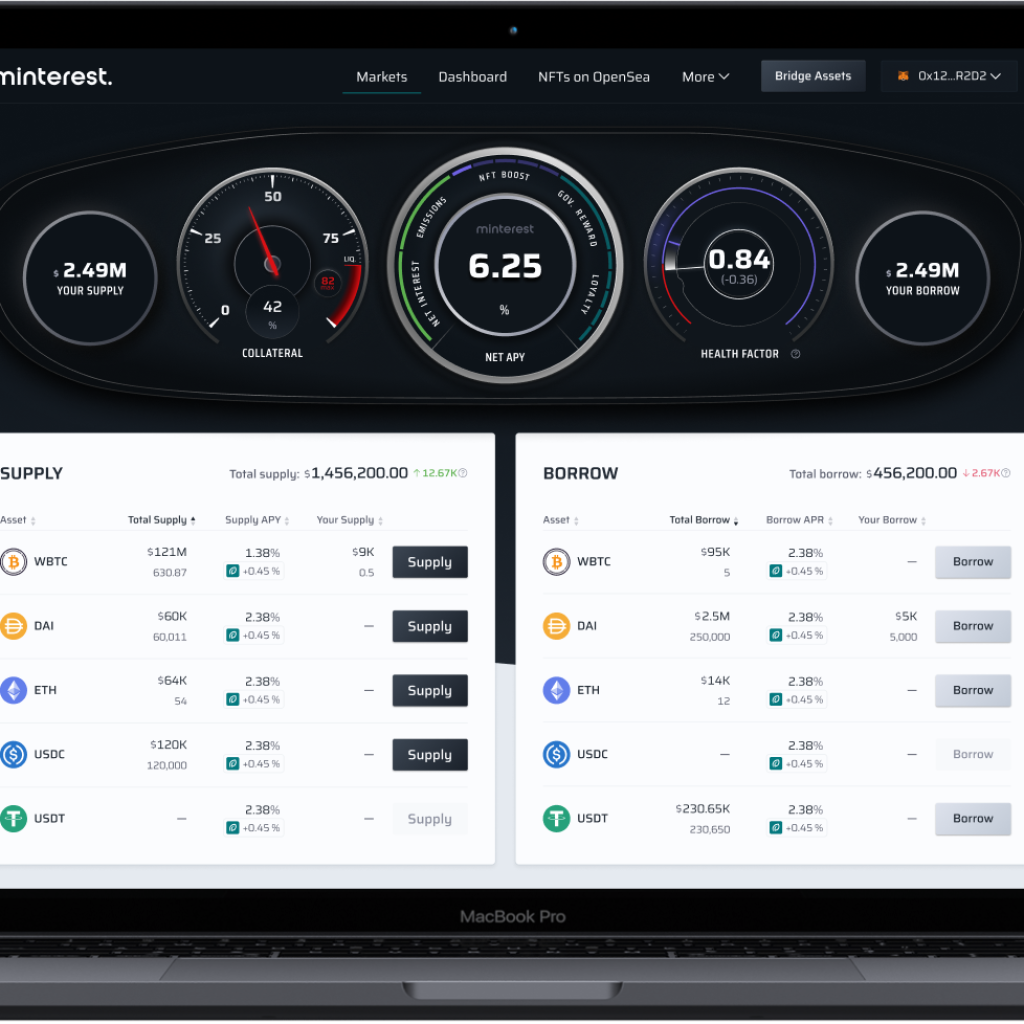Inflation has reached levels that are now greater than the peaks achieved during the last two economic crises in the first decade of the 21st century.
There are multiple reasons for this reality, but one of the main causes are the skyrocketing energy prices on a global scale that are putting tremendous pressure on businesses, manufacturers and the whole industrial sector. Energy prices have indeed reached concerning heights in a very short span of time across Europe:
Average monthly electricity wholesale prices in selected countries in the European Union (EU) from January 2020 to November 2022 (Source: Statista). In Germany for example, prices increased from 43.6 € per megawatt-hour in September 2020 to 469.35 € per megawatt-hour two years later – a more than a tenfold increase.
Consumers and businesses are the ones carrying the cost and many are looking for a long-term solution that would allow us to become energy independent while also having a higher degree of reliability during economic and political turmoil. While economic and political measures such as tax relief and subsidiaries can alleviate some of the symptoms of an energy crisis in the short term, we are in a dire need of both technological solutions and regulatory frameworks that can provide solid ground for the whole energy sector.
Blockchain technology and the energy industry
In the early years when blockchain was still in its infant stages of adoption, the energy sector became among the first ones to start studying the potential positive effects it can derive from implementing the novel technology in its traditional operational chain.
Traditional energy companies found out that by implementing blockchain, they can make their supply chains more efficient while also offering a higher degree of transparency for the end consumer. More importantly though, blockchain technology offered something that the energy sector has not encountered before – the potential for decentralization and democratization of the way energy is distributed among stakeholders. With the full transparency offered by distributed ledgers, data can be made tamper-proof and publicly available, removing one-sided information asymmetries that are still believed to be among the biggest issues for end consumers.
Multiple projects over the last 6-7 years in the energy sector emerged. WePower was one of the first to offer a comprehensive solution for decentralized P2P energy trading and thus became the catalyst for a completely new business model that was believed to be taking the energy sector by storm. Consumers would finally be freed from the monopolies that electricity providers are imposing and would be able to buy and sell energy directly with other participants on decentralized marketplaces.
Other initiatives recognized specifically the transparency offered by blockchain when it comes to data and focused on implementing new methods in reporting and payments. Traditional Smart Meters would be integrated with blockchain technology, allowing for transparent real time consumption reporting that is saved automatically on an immutable ledger. That way, the possibility for overcharging by the supplier and the lack of clear information for the consumer about what they are paying for would become a thing of the past.
More recently, one project backed by a team with considerable experience in the energy sector came up with a revolutionary model that utilized the synergy effects of both blockchain and the renewable energy sector, both of which possess the potential humanity needs for a better future for energy. We are talking about Decarbonice.
Renewable energy meets blockchain
Decarbonice is a full-fledged energy ecosystem based on blockchain technology. The project introduces a disruptive model that allows every household and business to produce their own green energy independently, risk-free and most importantly — go beyond carbon neutrality and become climate positive. The project envisions considerable energy cost savings for all stakeholders – from households to businesses and even big manufacturers who have high electricity demands – that will continue to increase as the ecosystem expands and the PNE token develops in price.
Investors can acquire the ecosystem’s native PNE token and lock it as collateral. As a reward, they receive high-quality renewable energy installations for free that they can easily install, connect to the grid and use to start generating their own green energy. They have to pay for the energy produced with the installations, but at a much lower rate compared to their traditional electricity provider – Decarbonice guarantees savings of between 20% and 80% depending on different factors that will be even higher the more the price of PNE increases. Investors also have the option of buying hardware units directly with the PNE tokens, which will yield them high discounts, allowing them to acquire some of the best renewable energy installations currently available on the market at prices that are well below the market’s average.
What is more, any excess energy produced by the renewable energy installations is fed back to the grid, for which investors are rewarded with PNE tokens. After a certain timeframe has passed, the investors acquire full ownership of the renewable energy installations and are granted their locked PNE tokens back plus any additional rewards they have acquired.
The PNE token represents clean energy investments and is the first token on the market that will generate renewable energy indirectly, rather than consuming it like most of its counterparts. The higher its market value, the more clean energy the token will represent. It will also give a variety of additional bonuses to its holders, as well as access to some unique features that will be exclusively obtainable only with it.
The project further plans on introducing various mechanisms that are aimed at strengthening the token over time. One of these mechanisms will be token buybacks with a percentage of the generated revenue and with the proceedings collected from the CO2 certificates the company will be eligible for as a climate-positive enterprise. Another mechanism will be to maintain token reserves if the price of the token develops positively, which will allow for higher scarcity of PNE in the markets at constant or increasing demand.
Decarbonice revolutionizes the gigantic global energy markets by giving everyone the power to become energy independent at little to no risk. The project combines two of the most promising concepts for the future of the energy industry – blockchain technology and clean, renewable energy. If you are interested in learning more about the project, make sure to visit their website: www.decarbonice.io





